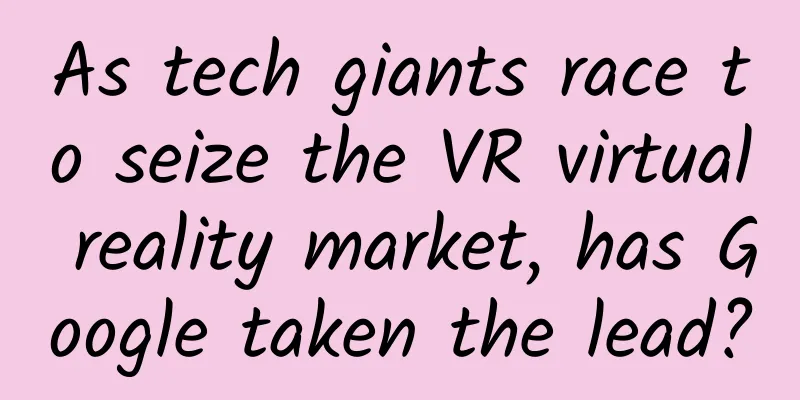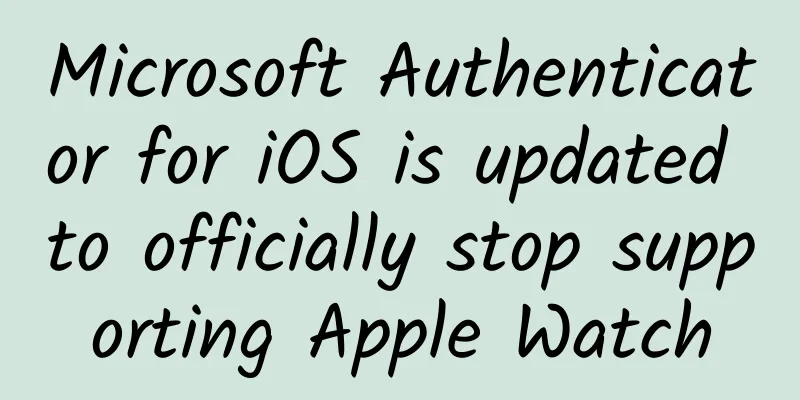As tech giants race to seize the VR virtual reality market, has Google taken the lead?

|
On August 30, foreign media wrote an article about the virtual reality (Metaverse) that VR technology is expected to bring about. The article pointed out that this virtual reality is similar to the current World Wide Web, where everyone can create their own virtual space and freely enter and exit other people's virtual spaces. Among the major companies in the current VR field, Google has all the conditions to realize virtual reality the earliest. However, the VR platforms launched by Microsoft, Sony, Facebook, Oculus and other companies are mostly closed ecosystems with limitations. From all aspects, they are unlikely to lead VR to the stage of virtual reality.
In the future, VR will likely realize virtual reality. This is an open source, peer-to-peer virtual space where everyone can create a virtual reality and everyone can freely enter and exit other people's virtual reality. The virtual reality of the future is completely decentralized, and no company controls everything, which is similar to how the World Wide Web works today. When we create a website, it does not affect the operation of other websites. We can allow people from all over the world to access this website, or restrict its access, for example, only allowing access to ourselves, students or employees. This website can be run on our own computer, company servers or cloud servers. Perhaps virtual reality in the future will also have these features. It is worth mentioning that it may not be a good thing if the virtual reality technology is completely controlled by a single company (such as Facebook, Microsoft or Apple). Google's current busyness makes it the company closest to virtual reality. When Google first launched Cardboard Glasses, it made the development platform available for all smartphones (Android or iPhone) free and open source. In addition, it also made the specifications and design of Cardboard Glasses public so that everyone can DIY, and now more than 100 manufacturers are making Google Cardboard Glasses kits. Google's upcoming new platform, Daydream VR, promises higher performance, more realistic virtual spaces, and better interfaces. Of course, virtual reality has not yet been truly realized in the VR field. The VR experiences provided by various companies are independent of each other and cannot achieve teleportation. For example, the character played by a player in a VR game cannot enter another VR game. The player must close one game before entering another game. Although there are some social applications (such as VRTime) that can support interaction between players in VR space. However, if players make friends in VRTime, this friendship cannot be continued in other VR spaces. Players cannot exchange messages or send teleportation requests between different VR spaces. Currently, the VR field does not support the inventory function, which means that the props collected by players in a virtual space cannot be brought to other virtual spaces. However, Google is really good at managing user identities and saving user data. Google accounts can be used not only for Google products such as Gmail, but also for many third-party websites and applications. Users can also save personal data in the cloud storage service Google Drive, and third-party services can also access this data if they obtain user permission. Another important component of virtual reality is the payment function, and Google has launched an in-app purchase payment mechanism for the Android ecosystem. However, the Daydream platform is currently unable to implement universal accounts, payment and other functions. But in the future, Google may add these functions to the next generation platform, which is entirely feasible. Google's products have a history of being very compatible. Chrome can be used to access websites running on a variety of servers. Unlike earlier Microsoft browsers, Chrome never tries to force a particular web server on users. It also doesn't prevent users from using Yahoo Mail, Bing or other competing products. Meanwhile, Google not only has a large developer base and deep pockets, but also a massive third-party developer and content creator base, and tens of millions of Cardboard-compatible headsets have been sold, a volume unmatched by any other platform. There is currently no open source server software for virtual reality. The High Fidelity project, which aims to create large virtual worlds, is under development, but it only supports Oculus Rift and HTC Vive. Other platforms are either closed to the public or require programming skills. OpenSim Let's talk about the OpenSim platform. OpenSim can be used to build virtual worlds and support multiple independent regions connected to a single network center. The platform's server software can realize the back-end operation, so it has the potential to open up Android clients. However, we will only be able to realize home-based virtual worlds once broadband upload speeds increase significantly. In addition to providing high-dimensional grid space (hypergrid) for renting virtual land, several companies now also provide OpenSim hosting services. If the client adopted features such as Google's in-app payment system, the OpenSim server would have to do a lot less. Whether it is a client based on WebVR, suitable for all VR platforms, or a dedicated Android client, a lot of changes need to be made to OpenSim. Other companies The VR platforms launched by Microsoft, Sony, Facebook, Oculus and other companies are all proprietary and, by all accounts, unlikely to lead VR to the stage of virtual reality. Take Sony's Playstation VR, for example, which is a very limited, closed platform centered around games. Sony is pushing this platform hard and hopes it will succeed, but this success is limited to the gaming field, not other more general application areas. Microsoft was late to the VR game. Its Holograph platform is based on the Windows operating system, but Microsoft seems to be repeating the mistakes it made in the mobile field, where it has less than 1% market share. It tried to enter the mobile field but did not want to let go of the well-established Windows system. This strategy ultimately failed. Facebook and Oculus are the biggest names in VR, but they both have closed ecosystems. The Gear VR headset only works with one brand of smartphone, Samsung. The Oculus Rift is only compatible with expensive, high-end computers, and the headset itself costs hundreds of dollars. Right now, there aren't many options, so they're getting a lot of attention, but in the long run, more open ecosystems will win. HTC Vive is a higher-end VR headset, and some VR developers and arcade operators have adopted it because of the high-quality experience it provides. However, this sense of superiority may not last long unless HTC drastically changes its business model. As for Apple, we still need to wait and see what it has in store. |
<<: Specific usage analysis of Android Retrofit source code
>>: RxJava practice to create a cool startup page
Recommend
Why do people in Tianjin like to say this number the most?
In Tianjin You must have heard the number "7...
If there is no market for the product, how can marketing save it?
Suppose you are in an interview and the interview...
Electronic driver's licenses are becoming more popular nationwide! A complete guide to applying for an electronic driver's license
[[441083]] The electronic version of the driver&#...
Satellite cloud images help you understand the weather: "Northeast Cold Vortex" is in the shape of a vortex! Does "arc-shaped cloud line" mean severe convective weather?
Northeast Cold Vortex The Northeast Cold Vortex i...
Frog: I call myself "Gugua Gugua" to attract people, which is also a way to seek a mate.
I am Dong Dong Meow Talking animals are so fun! T...
Alibaba’s market value has evaporated significantly, so investors no longer love it?
According to foreign media reports, after Alibaba...
Hidden career crisis in the technological era
One day, our editorial group shared a news about ...
iOS 11.3 supports importing medical records, which will lead to a medical revolution
Just imagine how convenient it would be if every ...
How much does it cost to customize the Xuancheng ticketing mini program? Xuancheng Ticketing Mini Program Customized Price Inquiry
There is no doubt that the topic of mini programs...
What are server logs? How to read the server log?
Although many webmasters now understand search ra...
【2014】GitHub China Developer Annual Report
[[127311]] Produced by GitHuber.info team Preface...
It’s too late to drink coffee when you’re sleepy!
Coffee has always attracted much attention as a l...
100 fissions summarize these 3 user growth rules!
With the "Announcement on the Handling of In...
[2016 latest edition] A complete list of professional terms in the mobile Internet industry!
Mobile Internet Professional Level 4 Exam is here...
Mobile phone accelerometer data can be read at will, iOS cannot turn off permissions, Android can limit it this time
[[435012]] This article is reprinted with permiss...









